𝑻𝒉𝒆 𝑵𝒊𝒔𝒔𝒂𝒏 𝑮𝑻-𝑹
The Nissan GT-R is one of the most iconic performance cars in automotive history. Known for its blend of cutting-edge technology, speed, and affordability compared to European supercars, the GT-R has evolved through several generations, earning a legendary reputation.
Early Roots: The Skyline GT-R (1969-1973)
The GT-R name originated from the Nissan Skyline GT-R (Hakosuka) in 1969, developed by Nissan’s performance division, Prince Motors, which had merged with Nissan in 1966. The first GT-R (PGC10) featured a 2.0L inline-six S20 engine producing 160 hp, winning numerous racing victories in Japan. A more aggressive two-door version (KPGC10) followed in 1971, further solidifying the GT-R’s motorsport dominance.
The second-generation Skyline GT-R (KPGC110) arrived in 1973 but was discontinued quickly due to the oil crisis, making it one of the rarest GT-Rs.
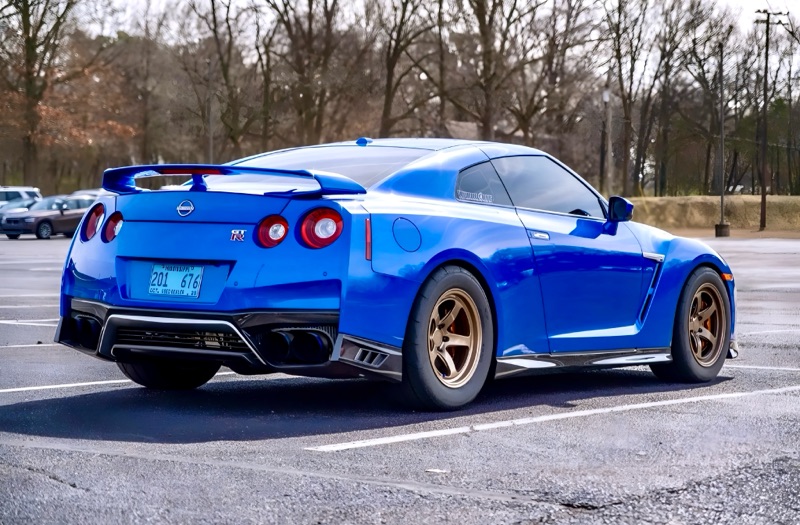

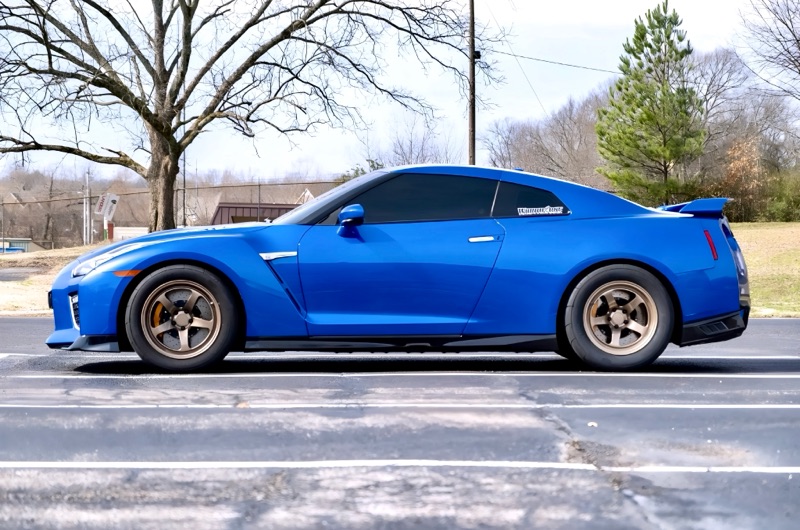
The Revival: R32 GT-R (1989-1994) – The “Godzilla” Era
After a 16-year hiatus, Nissan revived the GT-R with the R32 Skyline GT-R in 1989. This model was a game-changer in the performance car world:
- RB26DETT engine – A 2.6L twin-turbo inline-six producing 280 hp (officially, but often underrated).
- ATTESA E-TS AWD system – Advanced all-wheel-drive for superior traction.
- Super-HICAS 4WS – Four-wheel steering for improved handling.
The R32 dominated Group A racing, earning the nickname “Godzilla” from the Australian media due to its crushing victories.
R33 GT-R (1995-1998) – The Evolution Continues
The R33 GT-R refined the R32’s formula with improved aerodynamics, a stiffer chassis, and better stability. While heavier than its predecessor, it proved faster on the Nürburgring and introduced active LSD for better cornering. The GT-R LM version competed at Le Mans in 1995.
R34 GT-R (1999-2002) – A Modern Legend
The R34 GT-R became one of the most beloved JDM cars ever, thanks to:
- RB26DETT engine (still 280 hp, but tunable beyond 1000 hp).
- More aggressive styling and aerodynamics.
- The Multi-Function Display (MFD) – An advanced screen showing real-time performance data.
The R34 gained global fame, particularly through movies like Fast & Furious and video games (Gran Turismo).
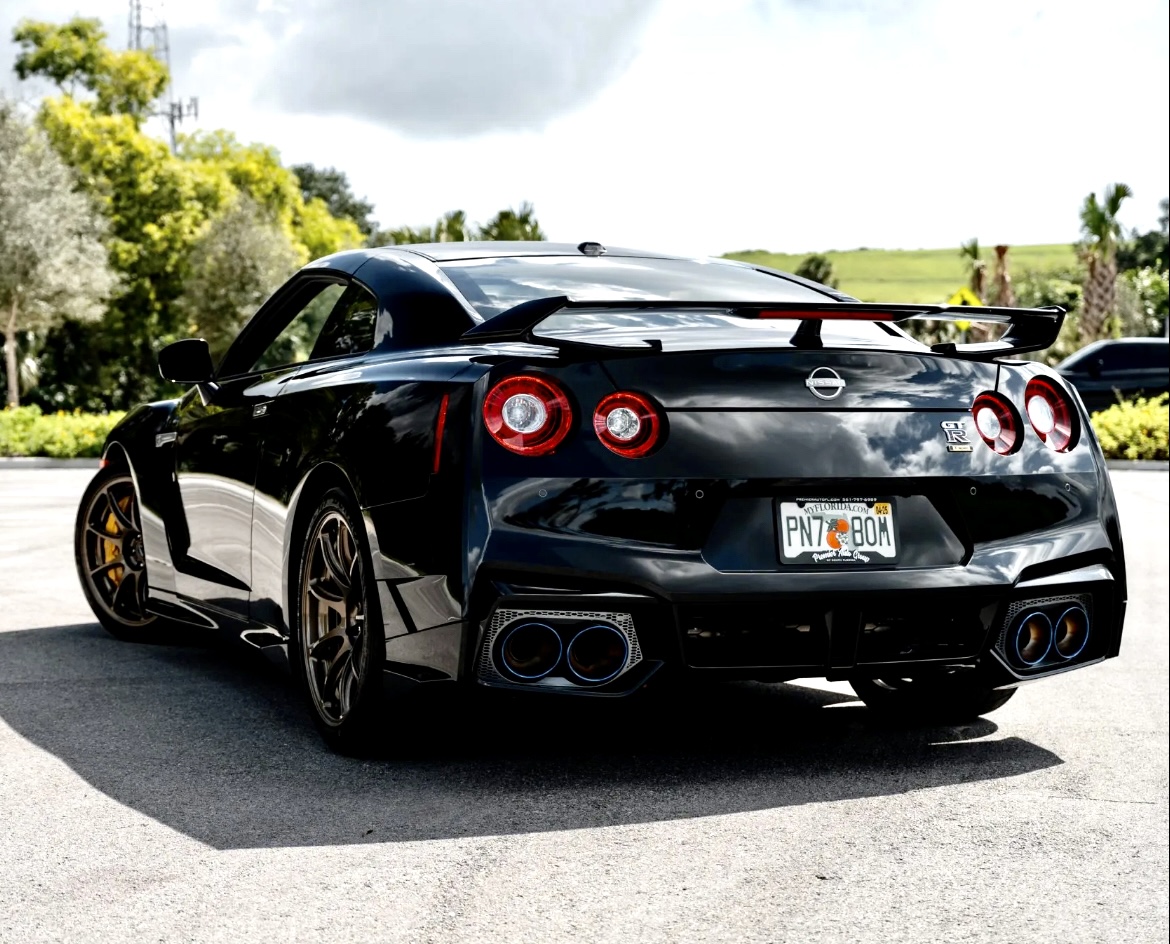
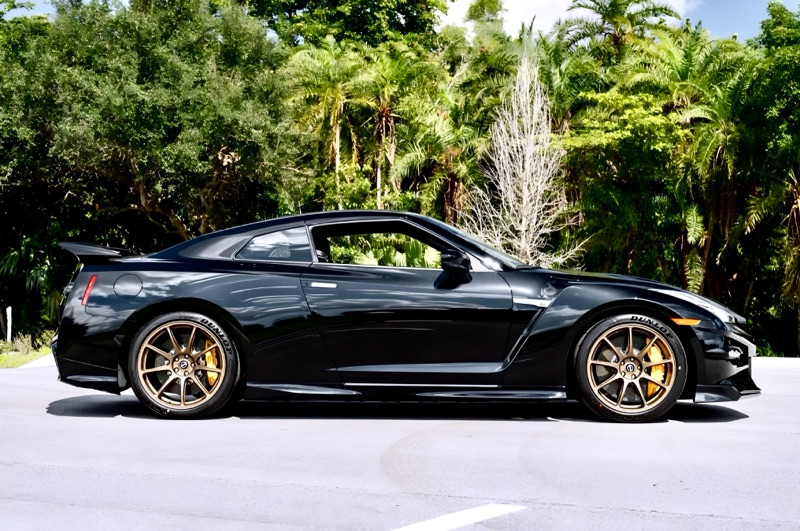
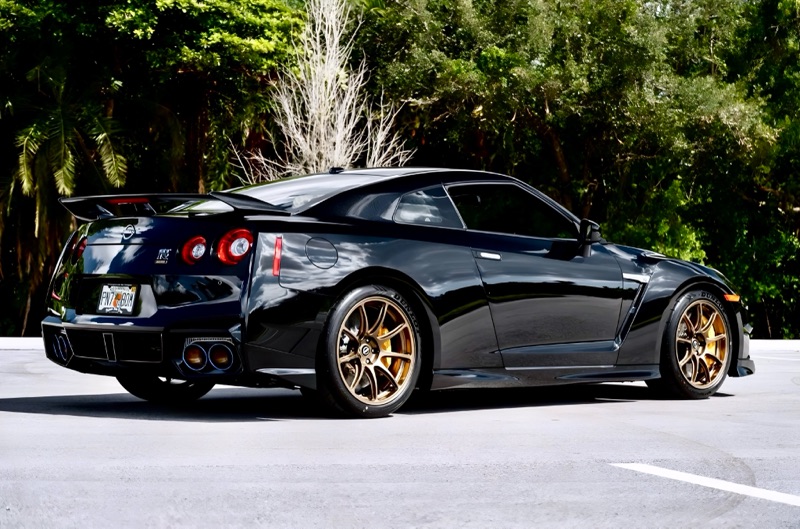
Hiatus & Rebirth: R35 GT-R (2007-Present)
After Nissan ended the Skyline GT-R lineage, the GT-R returned in 2007 as the standalone R35, now separate from the Skyline name. Key features:
- VR38DETT 3.8L twin-turbo V6, producing over 480 hp (initially), later exceeding 600 hp in special editions.
- Dual-clutch transmission for lightning-fast shifts.
- ATTESA AWD and updated aerodynamics for insane grip.
Unlike its predecessors, the R35 was a global model, taking on European supercars like the Porsche 911 Turbo at a fraction of the price. Over the years, it received multiple updates, including the GT-R Nismo, which pushed performance even further.
The Future of the GT-R
As of 2025, Nissan has yet to reveal a direct R36 GT-R, but rumors suggest hybrid or electric powertrains might be involved. Whatever comes next, the GT-R’s legacy as a high-tech, performance-driven machine is set in stone.
Comments
Post a Comment